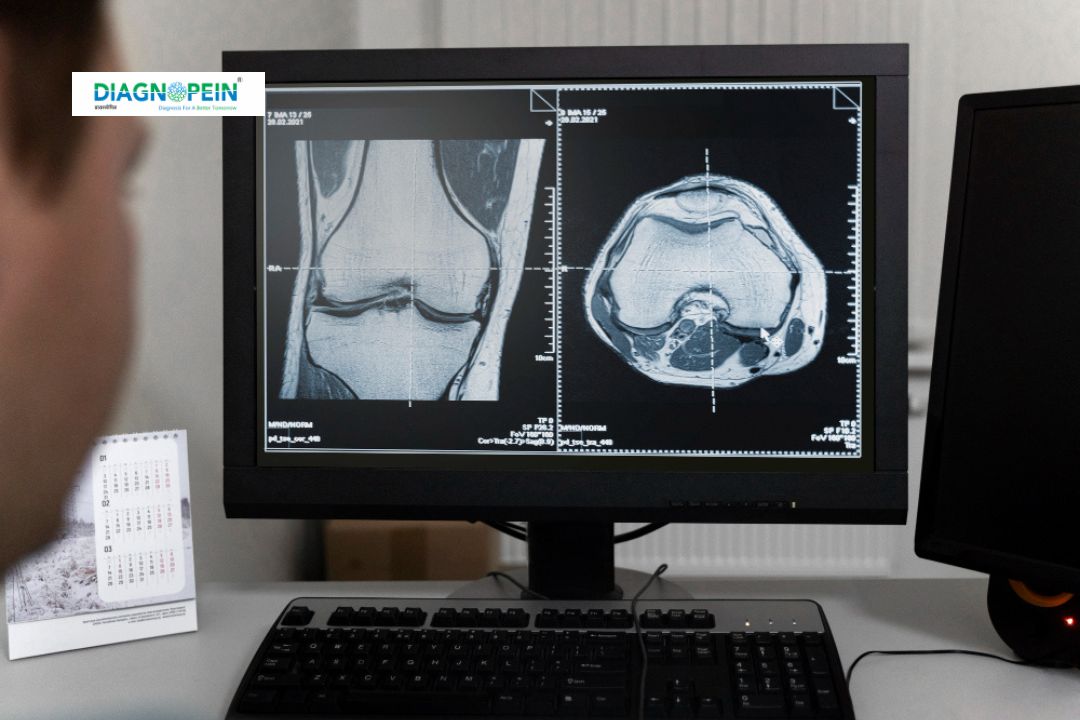Why MRI Elbow Is Important
The elbow is a complex joint that experiences repetitive movement and stress, especially in athletes, manual workers, and people with arthritis. MRI Elbow scans help identify the root cause of discomfort or restricted movement by providing high-resolution cross-sectional images.
An MRI Elbow is essential to evaluate:
-
Ligament tears or strains
-
Tendon injuries such as tennis elbow or golfer’s elbow
-
Cartilage damage or joint degeneration
-
Bone marrow edema or subtle fractures
-
Inflammatory conditions like bursitis or arthritis
-
Tumors, cysts, or infections
Timely MRI examination allows doctors to prevent long-term complications and plan proper rehabilitation or surgical treatments. By detecting small abnormalities before they worsen, MRI imaging ensures faster recovery and better joint health.
Benefits of MRI Elbow
MRI Elbow testing offers multiple clinical advantages over traditional imaging methods.
-
Non-invasive and radiation-free: Unlike CT or X-ray, MRI does not expose patients to ionizing radiation.
-
Detailed soft tissue visualization: It captures clear images of ligaments, cartilage, and tendons for accurate diagnosis.
-
Early detection: MRI can detect microscopic changes in tissue structure before symptoms become severe.
-
Comprehensive assessment: It helps differentiate between soft tissue and bone conditions in a single scan.
-
Faster recovery planning: By showing the full extent of internal injury, doctors can customize therapy and surgical planning effectively.
At Diagnopein, our high-field MRI machines deliver superior clarity and quicker scanning results, optimizing both comfort and accuracy.
How MRI Elbow Testing Is Done
The MRI Elbow test is simple, painless, and takes about 20–30 minutes. Patients should remove any metal objects such as jewelry or watches before entering the scan room.
Here’s what to expect during the procedure:
-
You will lie comfortably on the scanning table, and your arm will be positioned inside the MRI coil.
-
The technologist will ensure your elbow remains still to maintain image precision.
-
The machine uses magnetic fields and radio waves to produce detailed images of the joint.
-
You may hear periodic tapping or humming sounds, which are completely normal.
-
After the scan, you can return to your normal activities immediately unless your doctor advises otherwise.
No contrast medium is required for most MRI Elbow examinations unless specified by your physician for better visualization of certain tissues.
MRI Elbow Scan Parameters
Typical parameters for an MRI Elbow may include:
-
Axial, coronal, and sagittal planes
-
Sequences such as T1, T2, Proton Density (PD), and STIR
-
Slice thickness: 3–4 mm
-
Field of View (FOV): 12–14 cm
-
Scan time: 20–30 minutes approximately
These optimized parameters ensure high-resolution imaging and precise anatomical details.
At Diagnopein, we maintain standardized MRI protocols to ensure accurate and reproducible diagnostic results for each patient.
Common Conditions Detected with MRI Elbow
MRI Elbow helps diagnose conditions such as:
-
Tennis elbow (lateral epicondylitis)
-
Golfer’s elbow (medial epicondylitis)
-
Biceps or triceps tendon tear
-
Ulnar collateral ligament (UCL) injury
-
Osteoarthritis or joint effusion
-
Synovitis or soft tissue mass
Whether caused by sports injuries, overuse, or inflammation, MRI imaging of the elbow ensures a reliable diagnosis and supports a faster, more targeted treatment plan.









